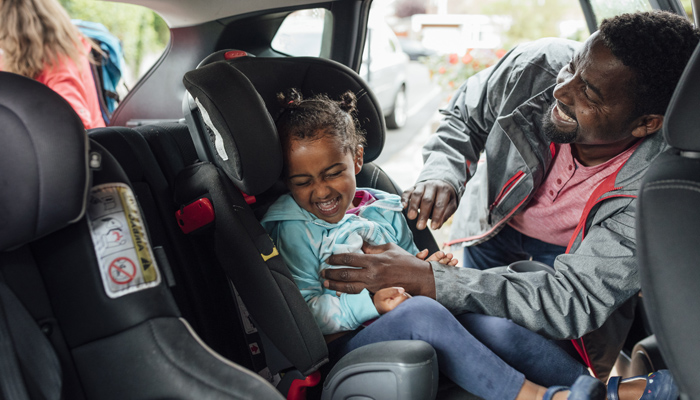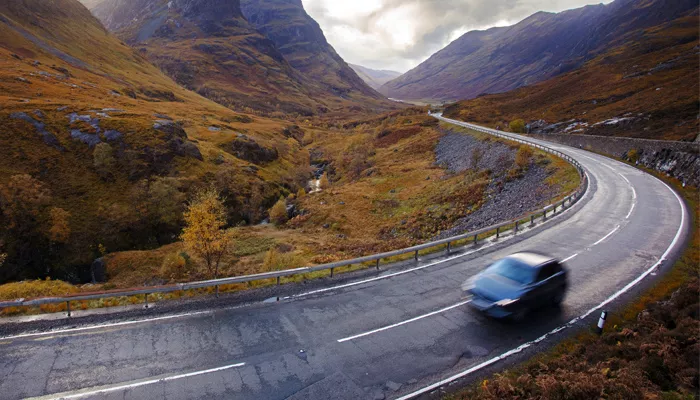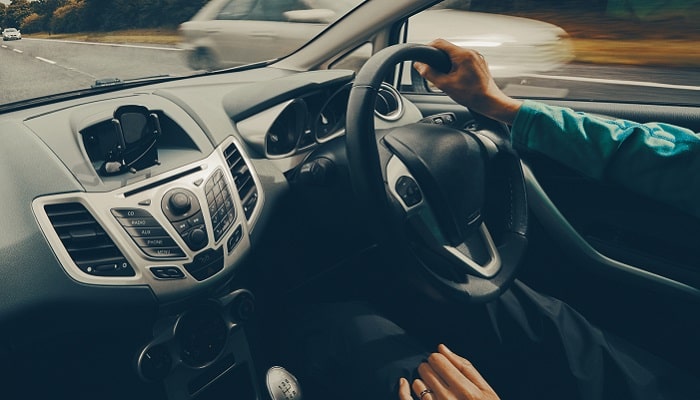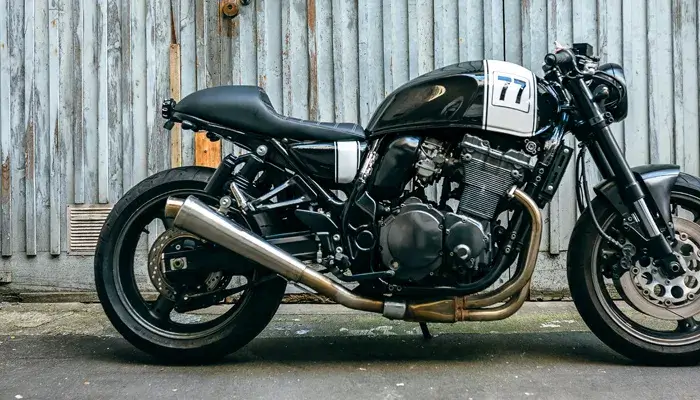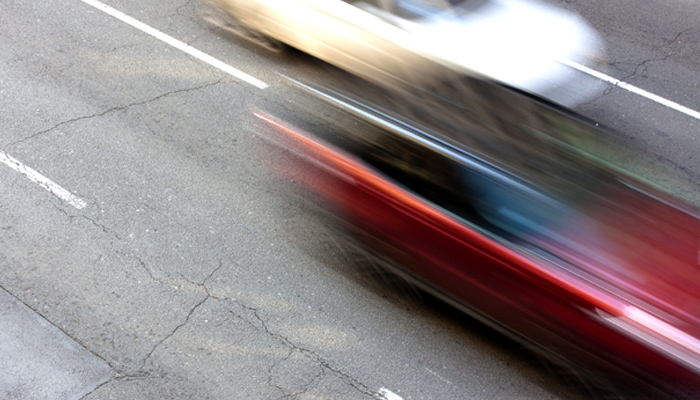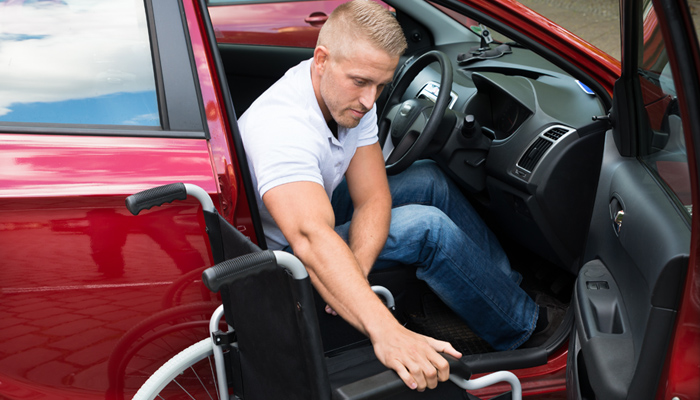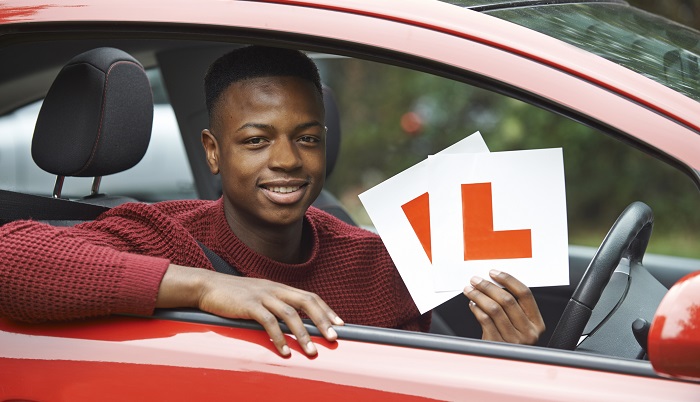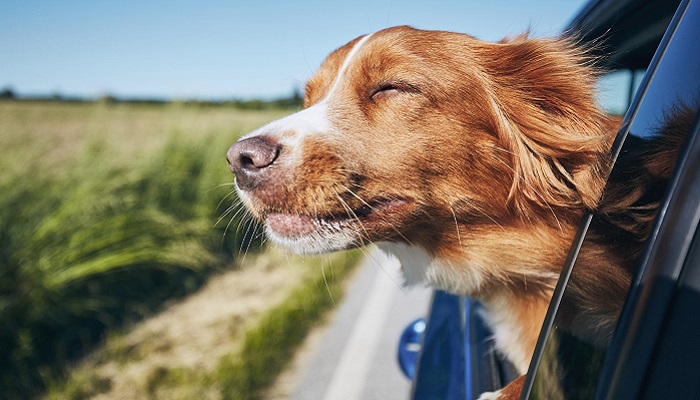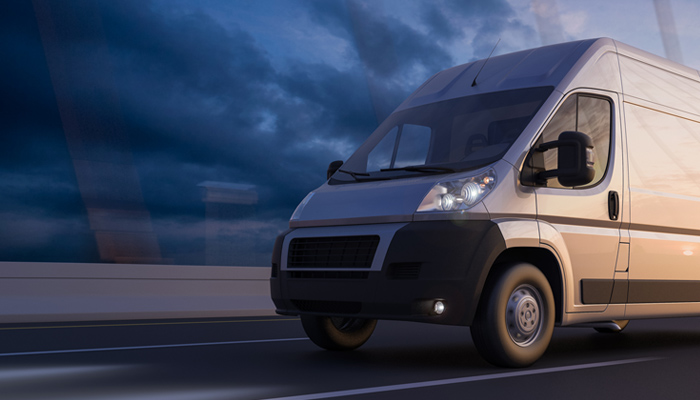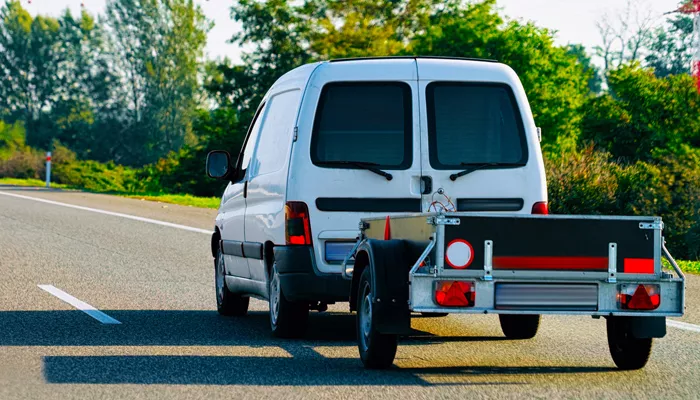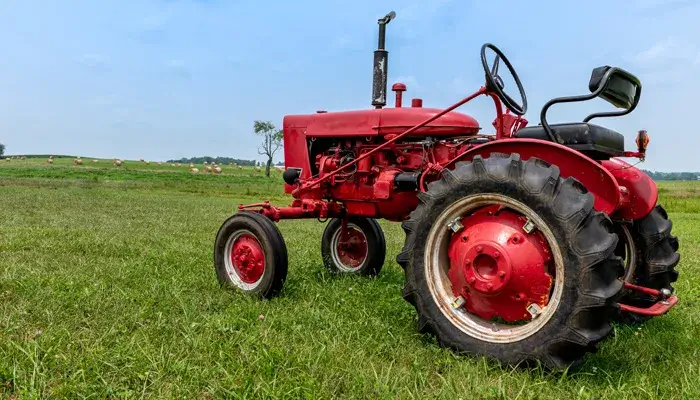A Guide to DVLA Car Classification
Understanding vehicle classification is important for many reasons and knowing what classification of car you drive will help with everything from driving with the correct license to hiring a vehicle. It’s not complicated and this article will quickly steer you through the basics.
What is a DVLA vehicle class?
A vehicle class refers to the size, weight and number of wheels it has. For example, classes 1 and 2 relate to motorbikes and motorbikes with sidecar vehicles that have engines smaller than 200cc. Class 3 vehicles include the likes of Robin Reliant (cue Del Trotter), that run on only three wheels.
The majority of cars fall into class 4 (anything above tends to be a commercial vehicle such as a van or an HGV). Class 4 is then split into nine different sub-classes – if you’re looking to buy a new or second-hand car it’s important to find out what class your vehicle would fall into as this will affect the amount you spend on your car insurance, road tax and other motoring costs.
Sub-categories of DVLA Class 4 vehicles
-
Class A: Micro cars - including the likes of SMART cars and city commuter vehicles.
-
Class B: Super minis - this includes Vauxhall Corsa's, Ford Fiesta's, Volkswagen Polo's and alike.
-
Class C: Small family vehicles - including the likes of the Ford Focus, Vauxhall Astra and Volkswagen Golf.
-
Class D: Larger family cars - i.e. the Ford Mondeo, BMW 3 series, etc.
-
Class E: Executive cars - such as the Volvo S80, Audi A5 or BMW 5 Series.
-
Class F: Large luxury cars - Mercedes S class, Audi A8, etc.
-
Class S: Sports cars - such as the MGF Sports car, Volvo C70, Audi TT, Porsche Boxster, etc.
-
Class M: Multi-purpose vehicles (i.e. MPVs) - includes the Vauxhall Zafira, Ford Galaxy, Ford S-Max, etc.
-
Class J: 4 wheel drive (4x4) vehicles - including the Land Rover, Jeep, Toyota Tundra, etc.
Date: August 02, 2017
Category: Motor





